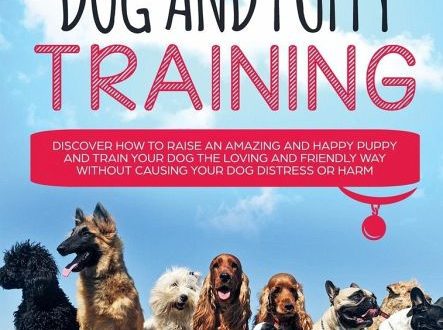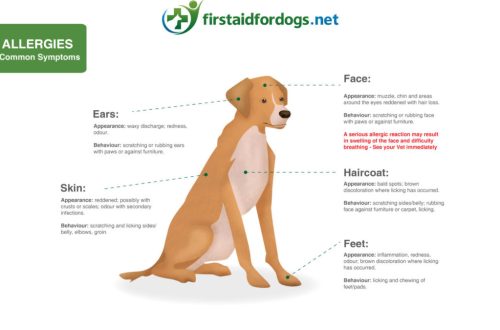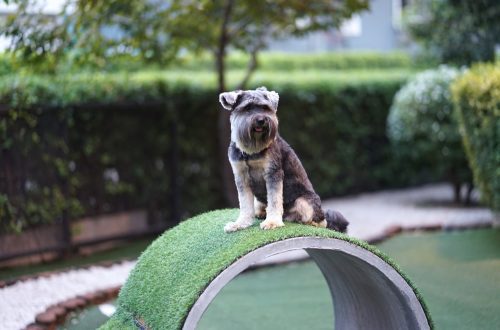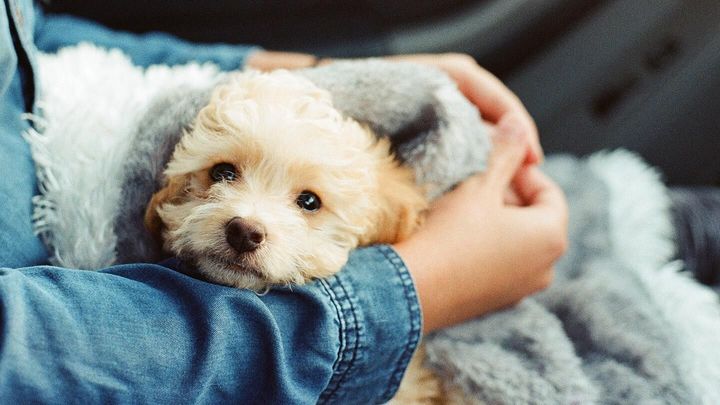
Awọn iru aja ti ko ta silẹ: Itọsọna fun Awọn eniyan ti o ni Ẹhun
One can only sympathize with a person who loves dogs and is allergic to these animals. But the presence of a reaction does not mean at all that an allergic person will never become the owner of a dog. Dogs release more allergens when they shed, so non-shedding breeds may be suitable for a person with mild allergies. About dogs that shed lightly – later in the article.
Awọn akoonu
Ṣe awọn iru aja hypoallergenic wa bi?
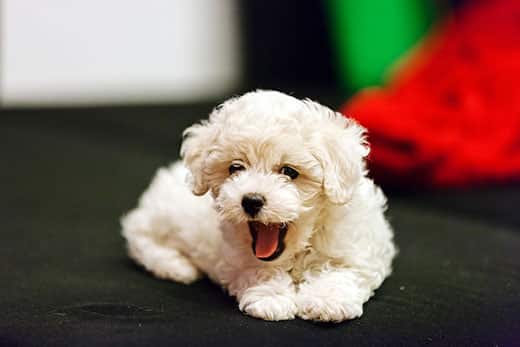 Contrary to popular belief, there are no hypoallergenic dog breeds. All of them shed dead skin cells, and this can cause allergic reactions in humans. But there are animals that shed less than others, and people who are allergic to dogs may find it easier to live with such pets.
Contrary to popular belief, there are no hypoallergenic dog breeds. All of them shed dead skin cells, and this can cause allergic reactions in humans. But there are animals that shed less than others, and people who are allergic to dogs may find it easier to live with such pets.
Factors that reduce the likelihood of dog allergies are often misunderstood. Allergens are found in saliva and dead skin cells in dogs, which are called dandruff. Dog hair is actually free of allergens. Precisely because dandruff usually falls off along with the coat, which is also often covered in dog saliva, non-shedding breeds emit fewer allergens.
Tips for allergy sufferers who decide to get a dog
If at some time the future owner developed an allergy to a dog, the doctor will tell you what to do about it. An allergy attack can be one-time or mild.
But if, despite the state of health, you want to make a four-legged friend, it is important to make sure that you can at least live with a non-shedding dog. It will be very sad if you have to return a pet or look for a new home because of an allergy. This can be traumatic for both animals and humans.
A few ways to find out if you can live in the same house with a non-shedding dog:
Go to visit friends or relatives who have dogs of non-shedding breeds.
Take such a dog to your house for a few days.
Interact with non-shedding animals at a shelter or rescue organization.
Volunteer to temporarily adopt a dog that doesn’t shed.
Try adopting different dog breeds to see which one will cause the least allergic reaction.
In addition to choosing a non-shedding breed, other measures can be taken to reduce the likelihood of an allergic reaction. You should bathe your pet regularly, wash bedding frequently, and keep your dog out of the bedroom and out of the furniture. Vacuuming regularly and using an air purifier can help too. But these steps may not be enough to protect people with high sensitivities and severe allergies.
Also, before getting a dog, be sure to talk to your doctor to make sure that having a dog does not cause you any serious health problems. He or she may recommend certain allergy medications that will also help relieve some of the symptoms.
The Best Dog Breeds for People with Allergies
If it turns out that you can take a dog that does not shed, you should look at the following breeds.
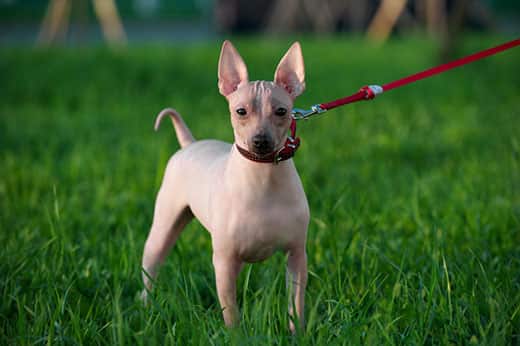
American Hairless Terrier. Friendly and affectionate, this hairless breed makes excellent family pets. Like most terriers, this dog is energetic and has a strong hunting instinct for small prey, but a daily walk or play in the fenced yard should satisfy its exercise needs. According to the American Kennel Club, occasional bathing is all this dog needs to look and feel as comfortable as possible.
Afghan Hound. Looking at the long luxurious fur coat of the Afghans, you might think that they shed a lot. But this long-haired breed with silky hair belongs to the category of non-shedding. Afghans, which resemble greyhounds in shape and size, are sweet and loyal animals. However, they have an independent nature, which can make training difficult. This energetic breed requires a lot of exercise. They need a lot of grooming: to keep their coat smooth and shiny, they need to be washed and brushed twice a week.
Bichon Frise. Playful and friendly, reminiscent of living cotton balls, Bichons are truly delightful dogs. These white and fluffy curly dogs do not shed. But they require regular clipping to prevent excessive hair growth and daily brushing to prevent tangles.
Chinese crested dog. The hair on the head, feet and tail of the Chinese Crested Dog is long and silky, but its body and legs are completely bare. This is an indoor dog that does not shed. For an apartment, even a small one, this is a good enough option. They are similar in size and shape to the Chihuahua. It is important to limit their exposure to the sun and wear a sweater to protect them from the cold. Be sure to apply dog-safe sunscreen to their skin to reduce the chance of sunburn.
Maltese. Maltese, which are toy breeds, look like puppies regardless of age. Owners usually let the long, silky coat of these dogs grow to the floor for competition, and in other cases try to cut it short and groom it with daily combing. The Maltese is playful, but at the same time imposing and relaxed, so they do not require much physical activity.
Poodle. Poodles come in three sizes – toy, miniature and standard. This means that no matter what size a non-shedding pet dog needs to be, it is possible to find the right poodle for you. The size of the dog does not particularly affect its temperament and grooming needs, although the standard poodle needs more physical activity than small breeds. The coat of these dogs is very similar to the coat of the Bichon, although the color is more varied. Smart, loving and playful, this breed makes great companions. It is important to remember not to leave a small child with a tiny toy poodle unsupervised. Due to the almost complete absence of natural molting, poodles are actively used to breed “designer breeds” such as goldendoodles, labradoodles and cockapoos. These image dogs often take the best of both breeds, including temperament and appearance, while retaining a coat that sheds less.
Havana bichon. This lively, playful, fearless and energetic Cuban breed is alluring. With its long, non-shedding coat, the Havanese needs to be brushed weekly to avoid tangles and tangles. This breed is very dynamic, but daily walks or games in a large fenced yard will be enough for these dogs to get rid of excess energy.
- Yorkshire Terrier. Charming dogs of this toy breed have a bright and energetic character. Although Yorkies do not shed, they require daily brushing, which will take a matter of minutes while the dog is curled up in the owner’s lap.
The list includes only a few small dogs that do not shed and their large relatives. They can make great companions for people who are allergic to dogs. Other breeds can be found in the Hill’s Dog Breed Catalog and tend to shed less.
It’s worth talking to local shelters about which pet might be right for you. Although it is rare to see purebred non-shedding breeds in shelters, it is possible to find a mixed-breed friend who will have similar qualities. The shelter worker will help you choose the right dog from among their wards.
If the future owner has a mild or moderate allergy, a dog of one of these breeds will help fulfill the dream of having a four-legged friend.
It’s important to remember that no dog is completely hypoallergenic, so it’s imperative to do thorough research before bringing a desired puppy home.



